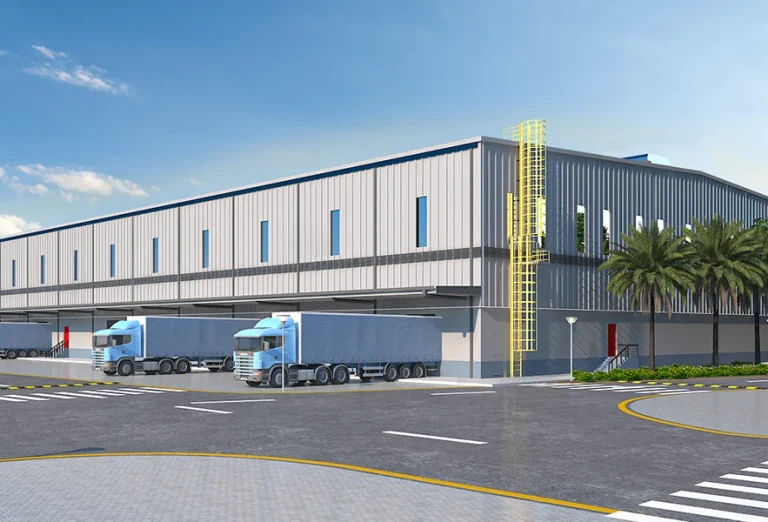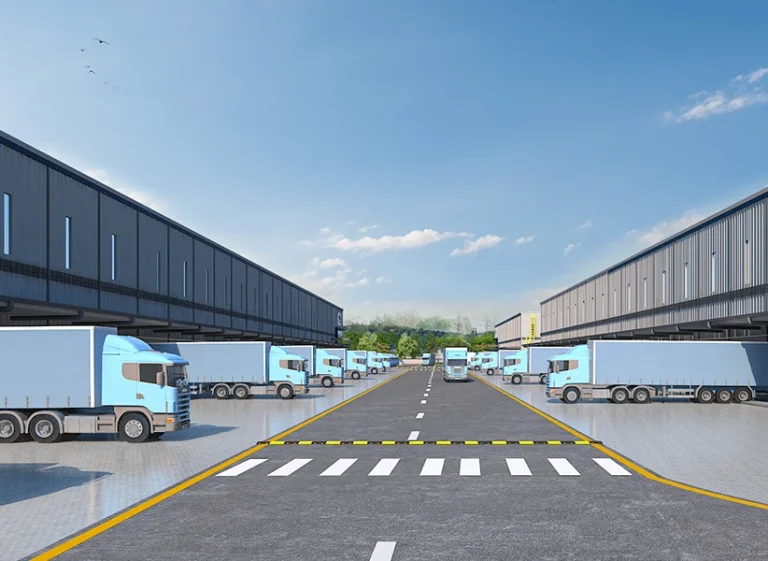Warehouses in India
Warehouses in India Built for Speed, Scale, and Success
Businesses in India want faster delivery, lower logistics costs, and better connectivity. Therefore, choosing the right warehousing partner matters more than ever. Warehouses in India are evolving quickly with upgraded infrastructure and smart operations.
OILP supports this growth by offering Grade-A spaces across major industrial hubs. Besides strong connectivity, our facilities promote sustainability and business efficiency. With strategic expansion into key markets like warehouses in Nagpur, OILP helps companies reach customers faster and operate with confidence.
Seamless Logistics with Prime Locations Across India
Location drives supply chain success. That’s why OILP develops warehouses in India close to highways, ports, and major consumption zones. As a result, businesses reduce transportation time and improve delivery performance.
You can choose from our flexible leasing and rental options based on your needs. Most importantly, every space supports smooth operations. Our expanding footprint includes premium warehouses in Nagpur, which offer outstanding multimodal connectivity in central India.


Built for Speed, Safety, and Smart Operations
OILP creates warehousing spaces that match modern industry demands. First, our buildings follow Grade-A specifications with high floor strength, wide truck aprons, and efficient dock loading. Second, we promote 24x7 secured environments with fire safety systems and constant monitoring.
Additionally, our warehouses in India support digital transformation. Features like automation-ready layouts, IoT compatibility, and WMS-friendly infrastructure improve operational performance. Our warehouses in Nagpur showcase these advanced standards with a strong focus on sustainability.

Why Businesses Choose OILP Warehouses
Companies trust OILP because we provide reliable and future-ready warehouses in India. We guide businesses through every step - from site selection to operational setup. Moreover, our transparent leasing process saves time and effort.
We deliver scalable spaces that support long-term growth. Also, our green building features help companies lower their carbon footprint. Whether you need a regional facility or nationwide presence, OILP ensures smarter distribution with top-tier locations like warehouses in Nagpur.
Frequently Asked Questions
1. Why choose OILP for Warehouses in India?
OILP offers Grade-A warehouses in India with prime connectivity, sustainable design, and technology-ready infrastructure. We provide flexible leasing options and support businesses in establishing efficient distribution networks across key industrial hubs.
2. Are warehouses available on lease or rent in Nagpur?
Yes. OILP offers warehouses in Nagpur with both rental and long-term leasing models. Businesses can choose the ideal space size and specifications to match operational needs and future expansion plans.
3. What industries can benefit from OILP warehouses?
OILP supports multiple sectors including e-commerce, FMCG, automotive, pharmaceuticals, retail, and manufacturing. Our warehouses in India are designed for scalability, fast logistics, and safe product handling.
4. How does OILP ensure safety and performance in warehouses?
All OILP facilities include 24x7 security, fire-fighting systems, first-aid support, and durable building standards. Additionally, our warehouses in Nagpur and other cities are compatible with automation and digital monitoring systems for smooth operations.